Fashion
Trendy Tassels: The Turning Tides
Today, the tides have turned and these tassels were not only seen in our homes and on graduation caps. These leather fringes, colored beads, and embroidered threads became a trend that paved way to an income generating opportunity for a young designer, Lira Princess Cadorna.
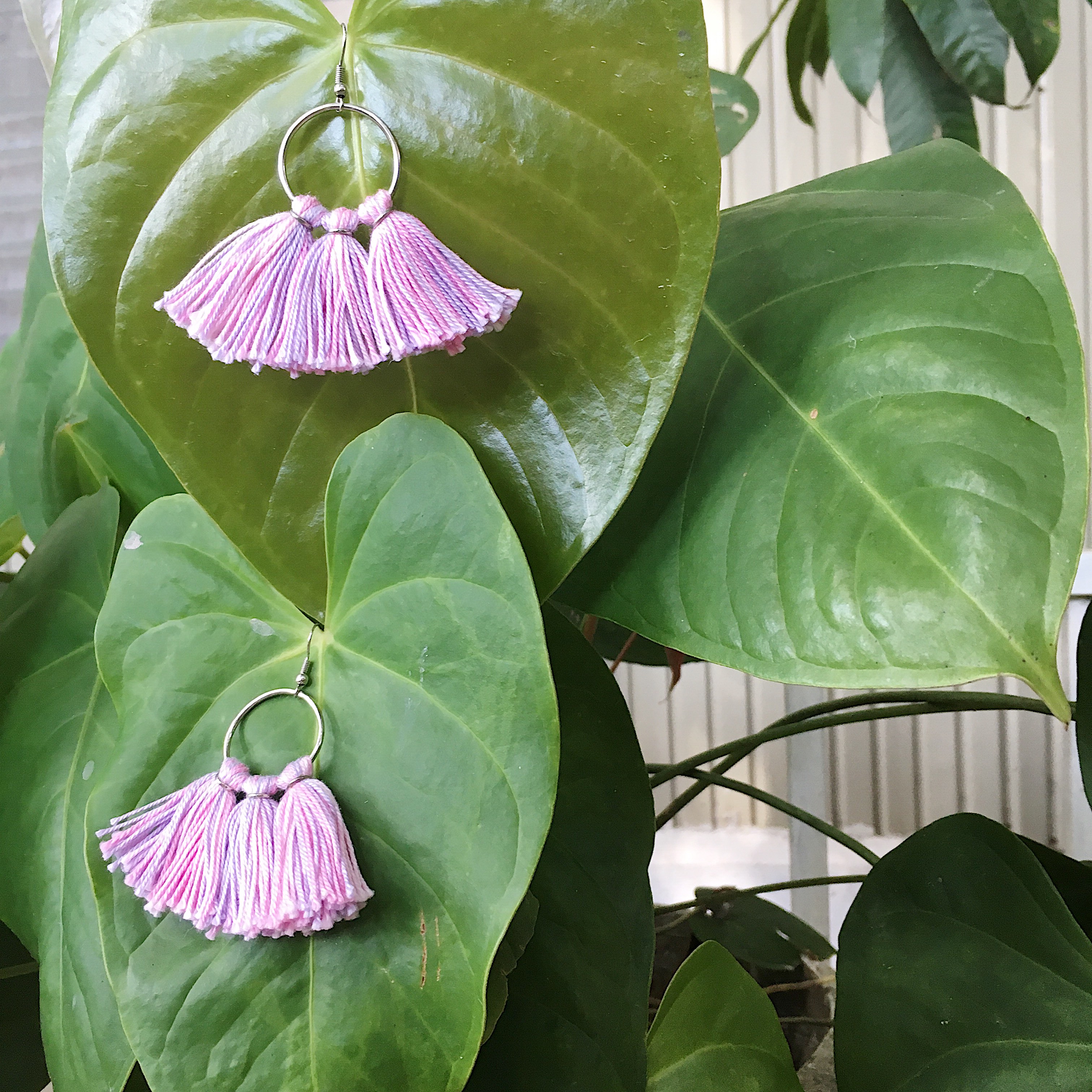
Historically and traditionally, tassels were used in homes to decorate lampshades, pillows and curtains.
Specifically, ‘tassel’ came from the word ‘tassau’ which means “to a clasp at the neck of a garment”. Before, these served as symbols of power, especially by ancient priests. Tassels were believed to ward off evil spirits.
Today, the tides have turned and these tassels were not only seen in our homes and on graduation caps. These leather fringes, colored beads, and embroidered threads became a trend that paved way to an income generating opportunity for a young designer, Lira Princess Cadorna.
Lira is a graduate of Bachelor of Fine Arts Major in Product Design from the University of the Philippines Cebu. During her college days, she was also fond of making clothes. According to her, this hobby was her way to practice creativity and a way to relax. But she was also fond of making her own accessories.

Lira also makes clothes, bracelets, and pouches.
Tassel earrings were really a trend that started last year. “I’m not usually one to follow trends but as I inspected the items that other stores had, I thought to myself that I could make the same thing and sell it for a much cheaper price,” Lira says.
Lira started with Php 180 as her capital. With that, she was able to buy three balls of string, a few pairs of fishhook earrings, and a pack of jump rings.
As a start-up business, Lira manages her expenses carefully. “What I do is keep the profit and use the capital I gained back to buy more supplies and a percentage of the profit for expansion,” she adds.

Her fan-shaped tassel earrings range from Php 100 to Php 180 only.
From making jewelries for herself, she followed the trend and started up her own business that eventually clicked. “I got a few messages from some of my schoolmates. Next thing I know is that their friends wanted to order too,” Lira says.
Her tassel earrings range from Php 100 to Php 180 only. “I do ship locally but the buyer shoulders the shipping fee. For bulk orders, I usually tell them that I would need one to two weeks to finish their orders depending on the volume. If they’re okay with the waiting time, then it’s a go,” Lira shares.
But juggling her start-up business in college was a roller coaster ride. She makes all the earrings herself while doing school works at the same time. “It was also hard to find the supplies that would pass my standards in quality and price so I had to keep finding sources that would best suit the business until I was satisfied,” Lira says.

Her hobby in making pieces of jewelry also challenged her creativity and designed more shapes.
Her time management was tested. “There was no time to slack off so I had to make sure I didn’t do things that were unnecessary so that nothing would be compromised. When it came to the supplies, I had to exert more effort to get what I wanted to achieve the product quality that I want,” Lira shares.
This trend is not yet over, Lira adds. As for her, she tries to study more of the trend and see what it can offer that will eventually challenge her creativity.
The tides have turned and the trend’s flow allows creativity to flow as well. “Find something you think you like and you’re good at. If you don’t think you’re good enough, practice, practice, practice,” Lira advices.
As a young designer, Lira’s journey in the industry is a long way to go but according to her confidence is the key. “Sometimes, what hinders people from sharing and selling their works is that they’re not confident enough. When you’re happy with your output, put on that confidence coat, go out there, and sell your product to the world,” she says.
Fashion
To See and Be Seen: Philippine Terno Gala, A Celebration of Heritage and Couture
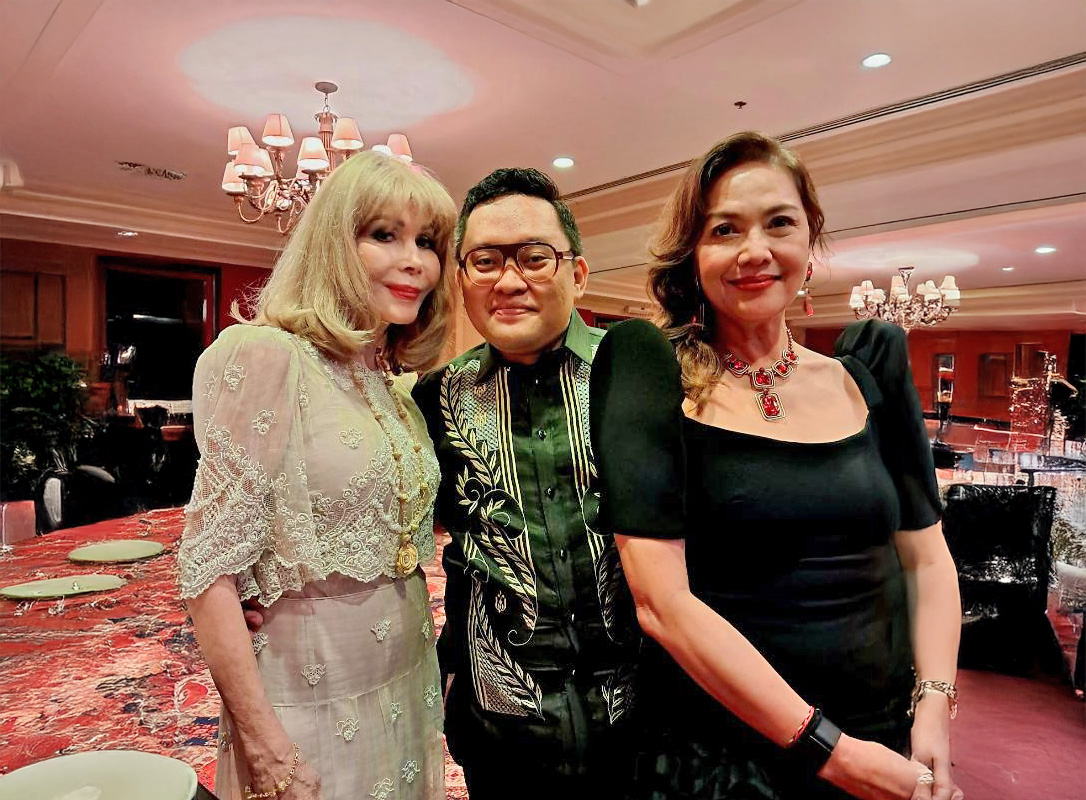
by Kingsley Medalla | photography Emmanuele Sawit
Fashion
Behind the Scenes: Backstage at The Philippine Terno Fashion Show 2025 in the Waterfront Cebu City Hotel & Casino
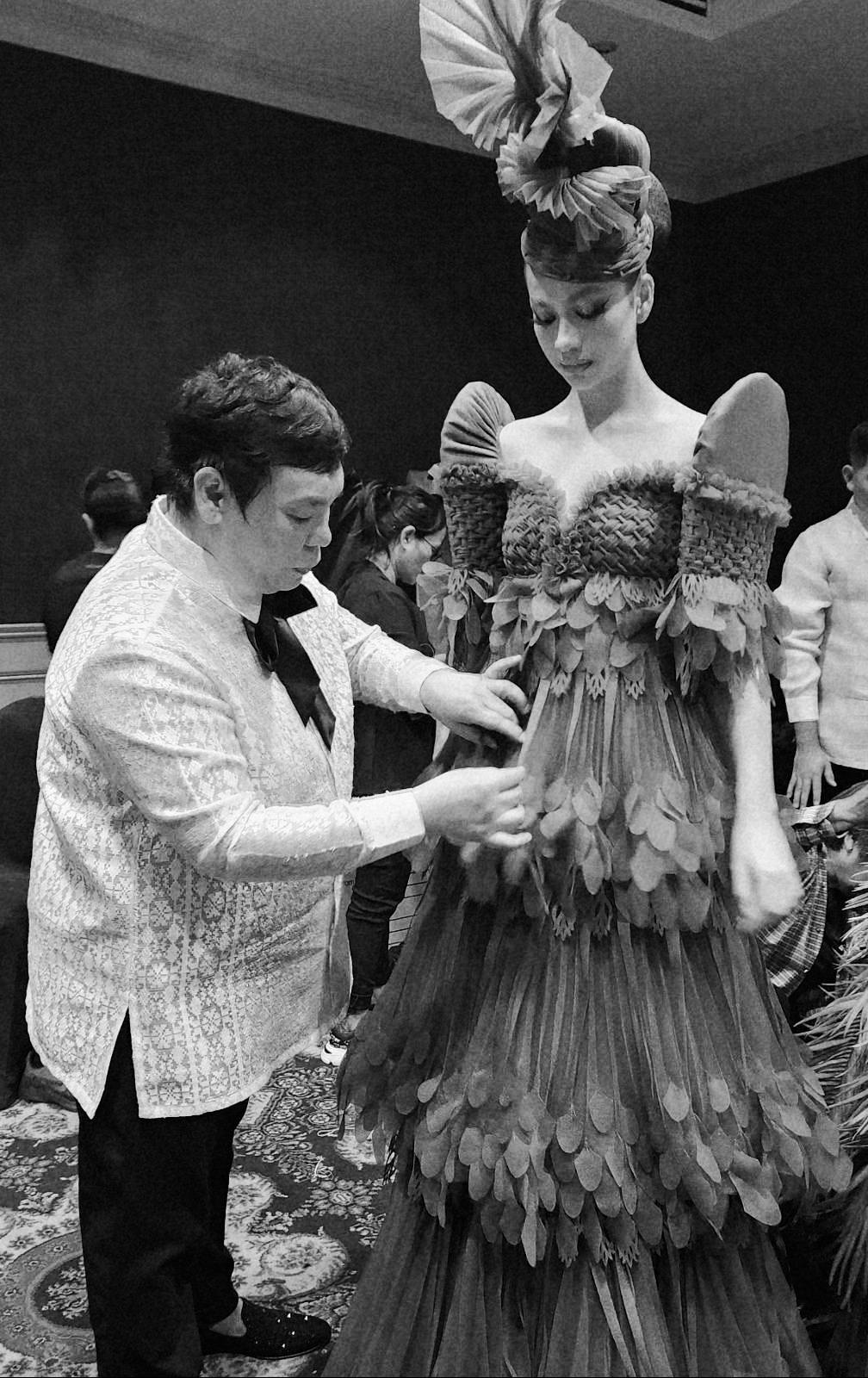
By Doro Barandino
What most people attending fashion events don’t realize is that the actual battleground happens backstage. Here’s a peek at the real magic that transpires among fashion designers, stylists, hair and make-up artists, dressers, and ramp models hours before showtime. In the recent Philippine Terno fashion show, a whole team of creatives in the fashion industry produced the most extravagant and whimsical recreation of the celebrated garment in the country’s cultural landscape.
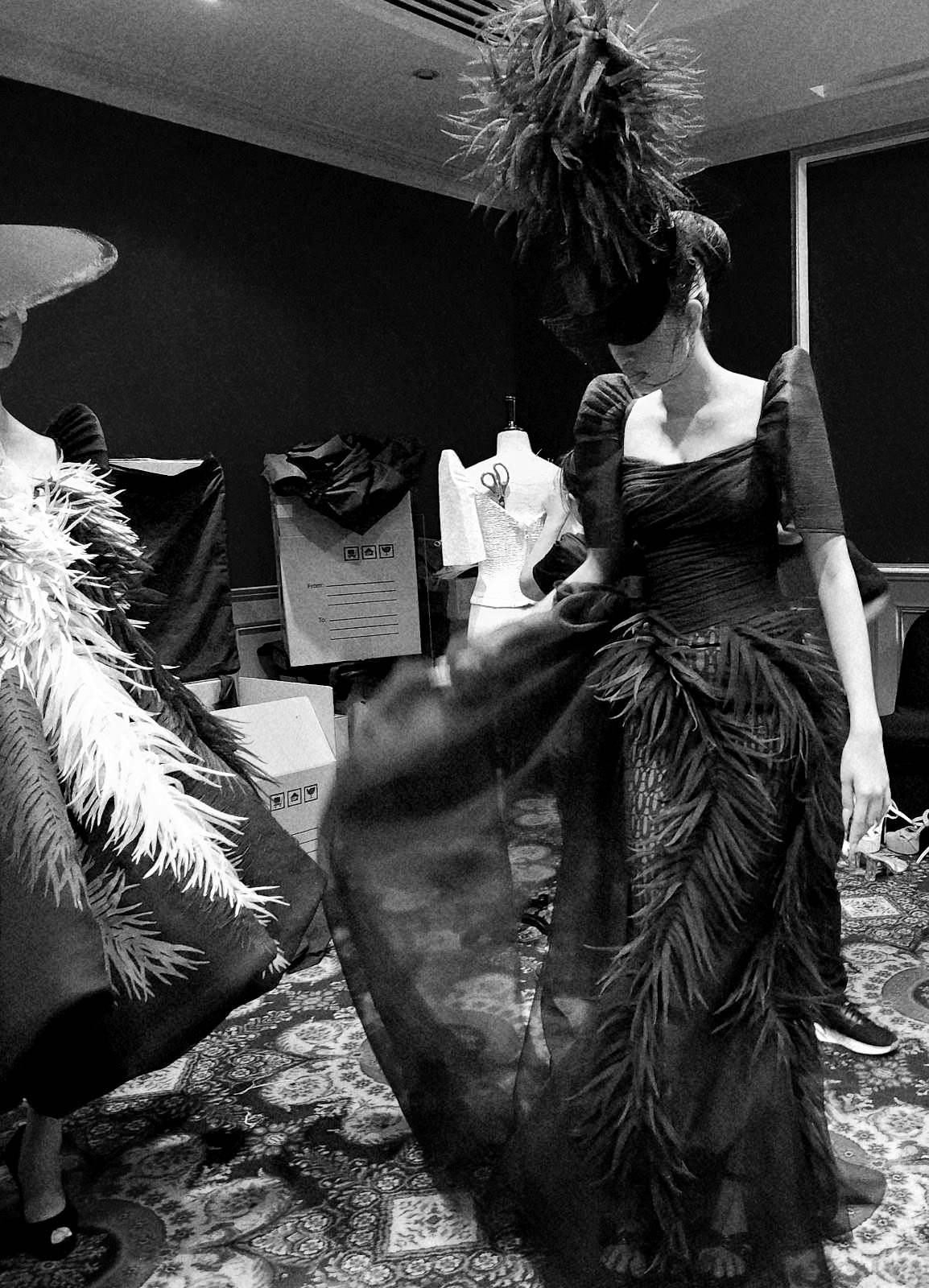
Fabric manipulation simulating bird feathers are the main features in Cary Santiago’s ternos.
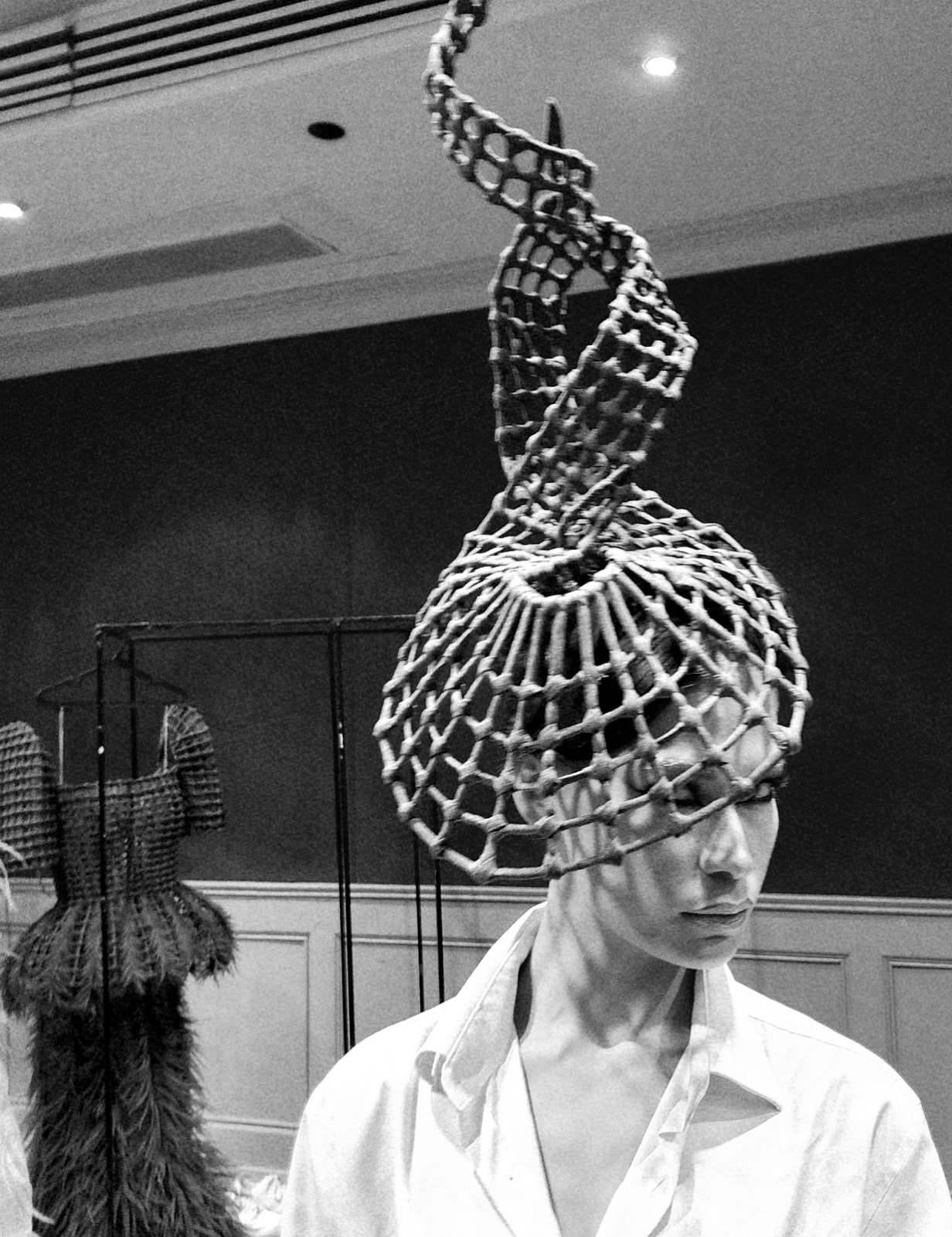
Mesh-like sculptural head accessories added to the visual impact of the designer’s collection.
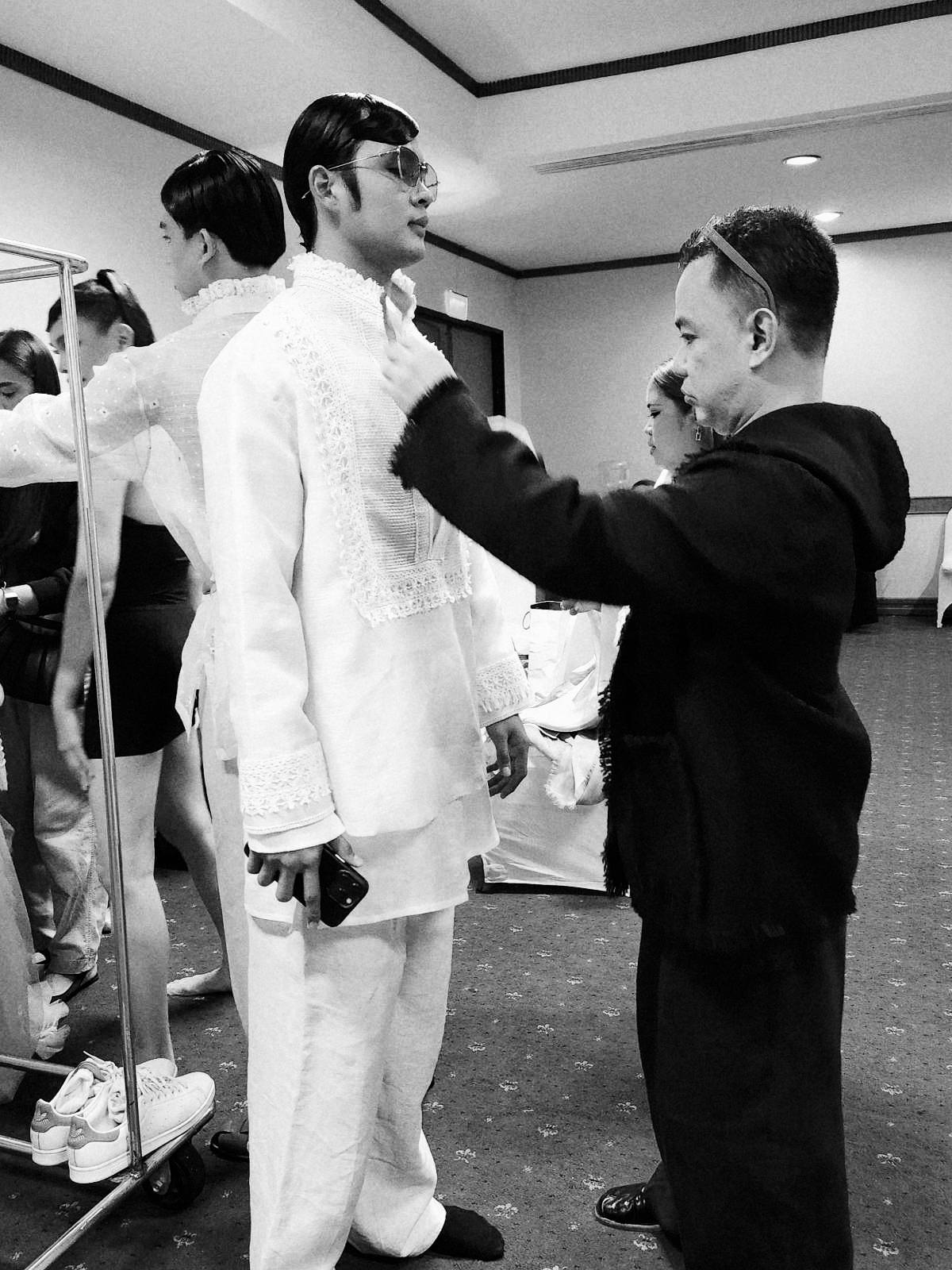
Jun Escario’s relaxed barong tunics are characterized by its fine embroidery on pinya fabric
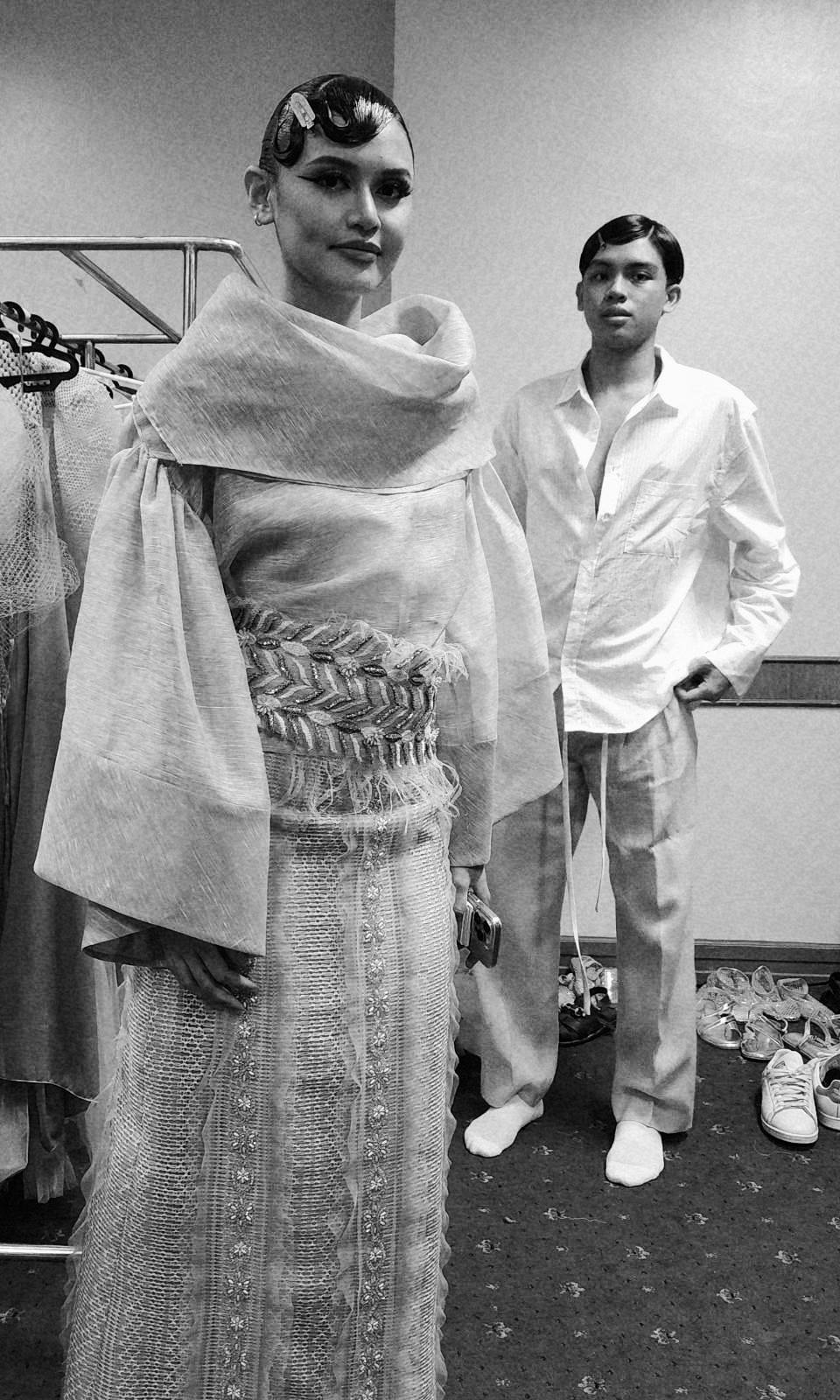
The modern kimona reinterpreted by Jun Escario.
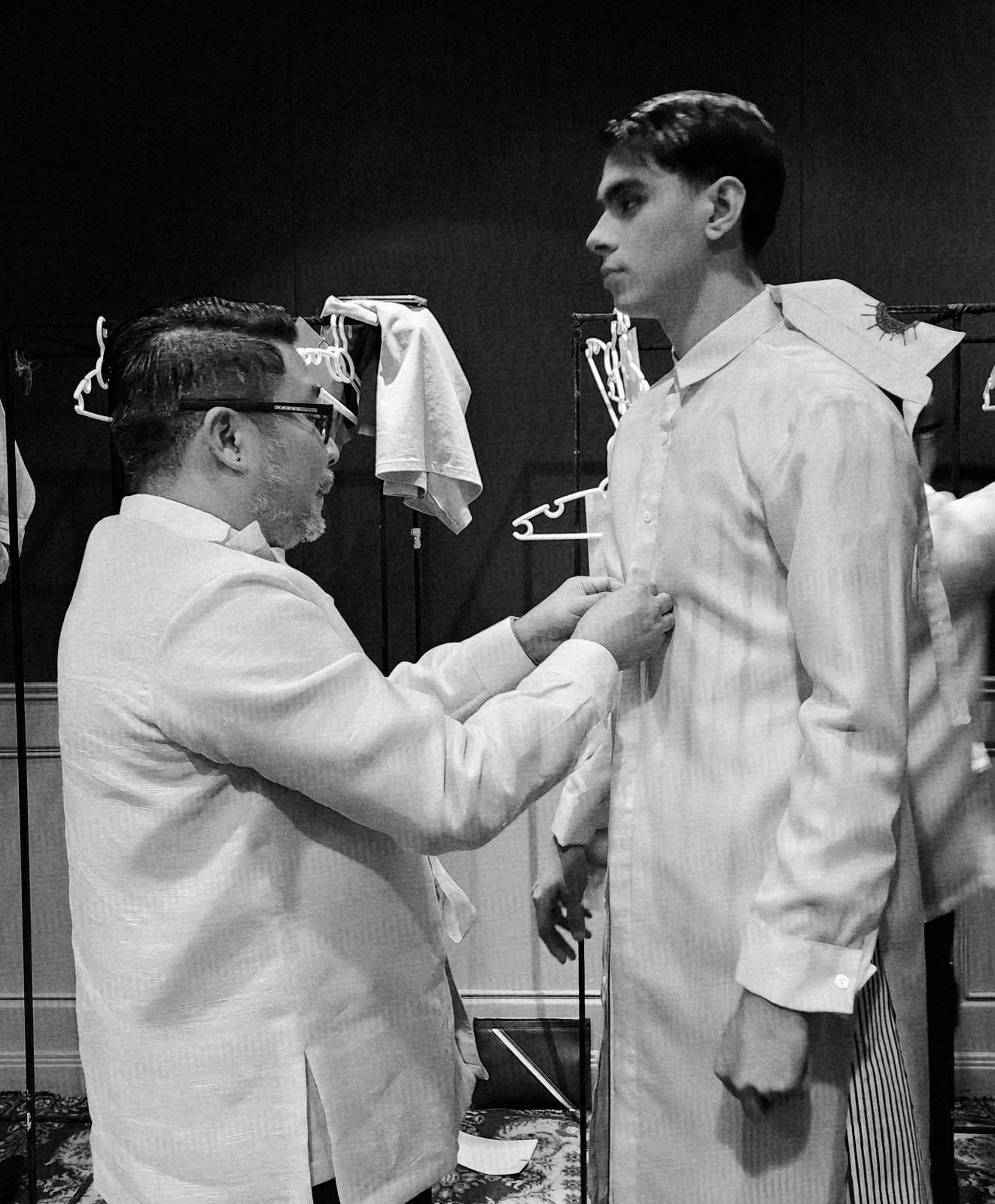
Edwin Ao’s take on the Barong is both linear and minimalist.
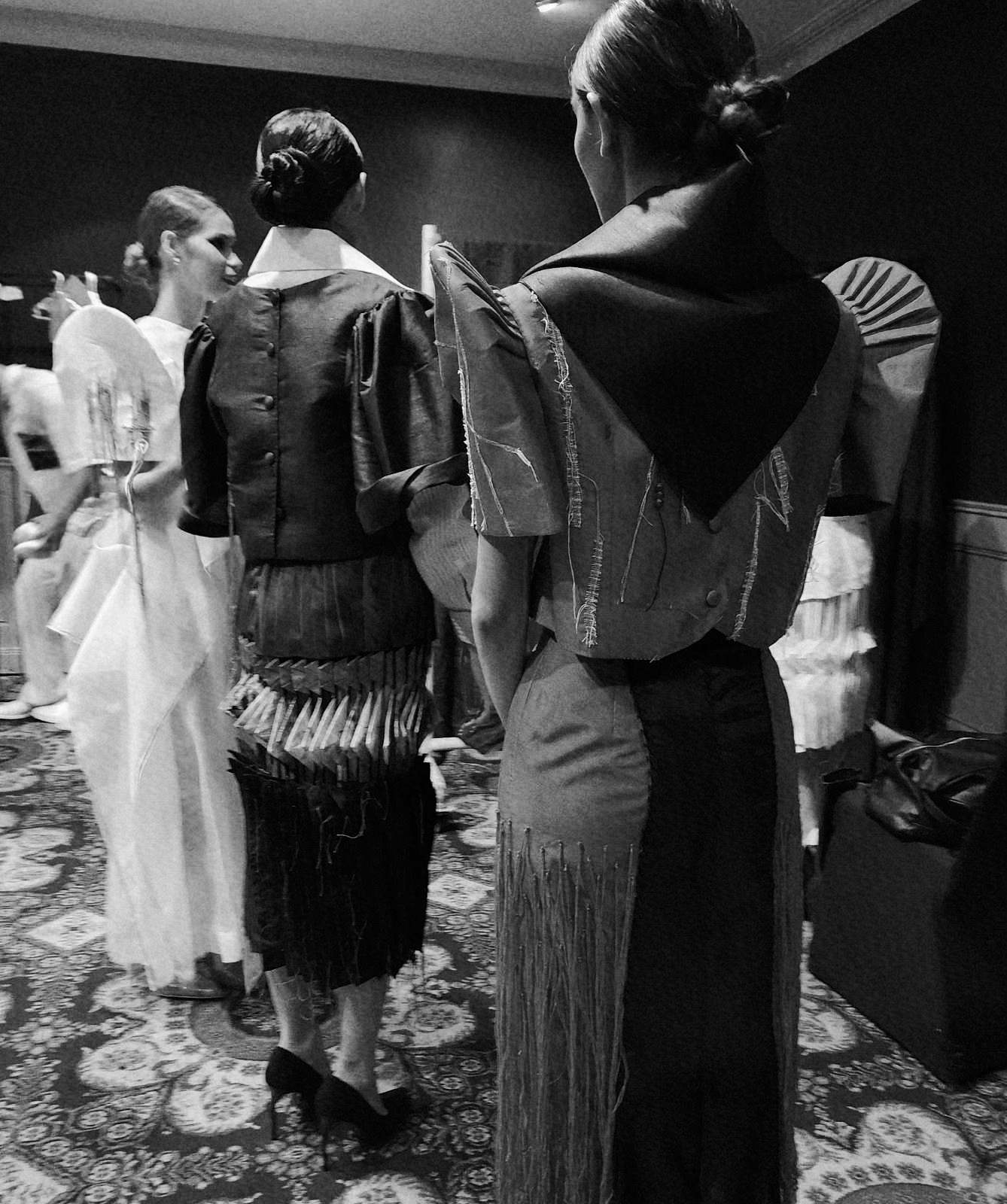
Edwin Ao ‘s modern version of the traditional baro at saya has architectural folds as its signature look.
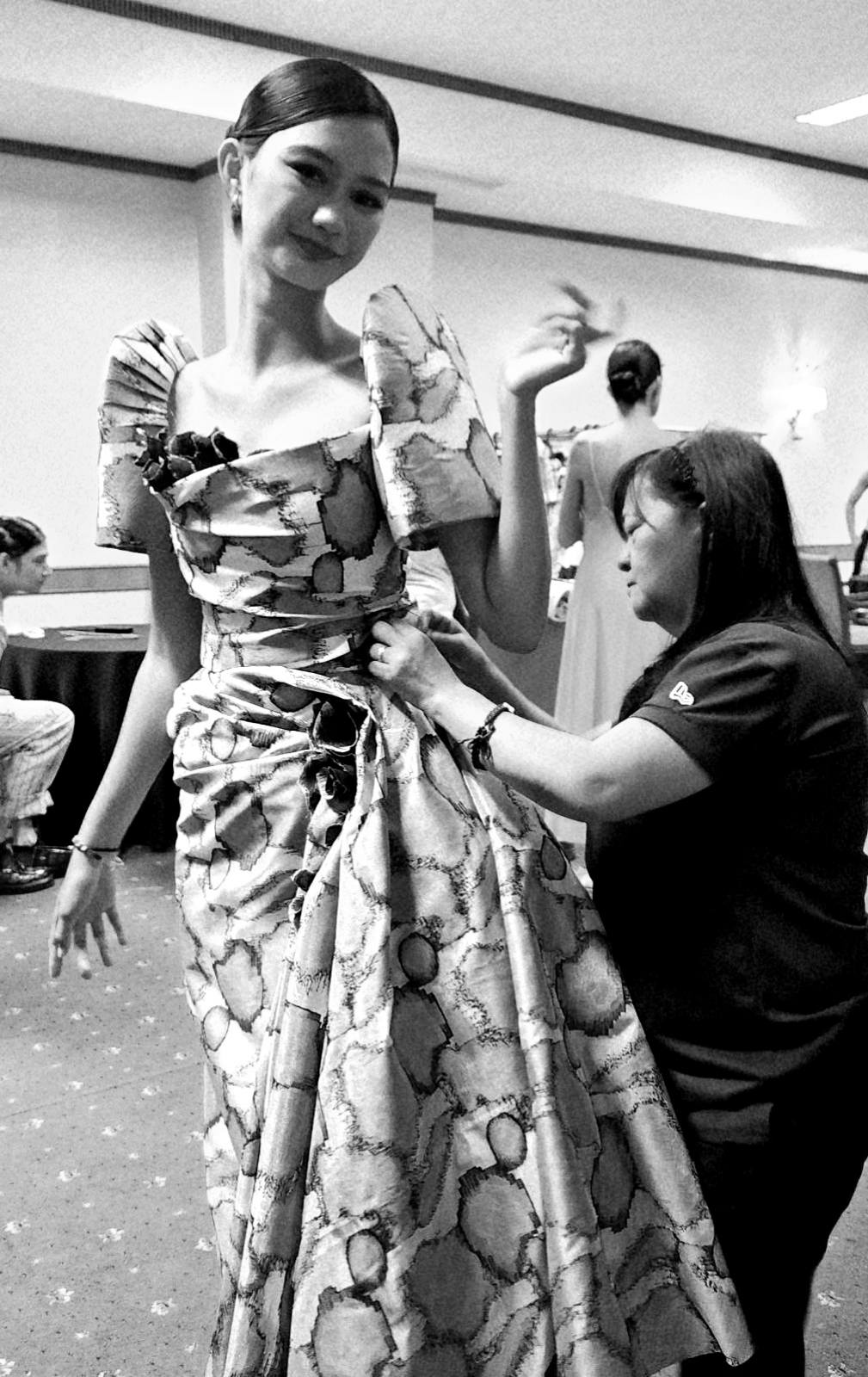
The classic terno has draping and printed silk fabric on Joji Lloren’s master class look
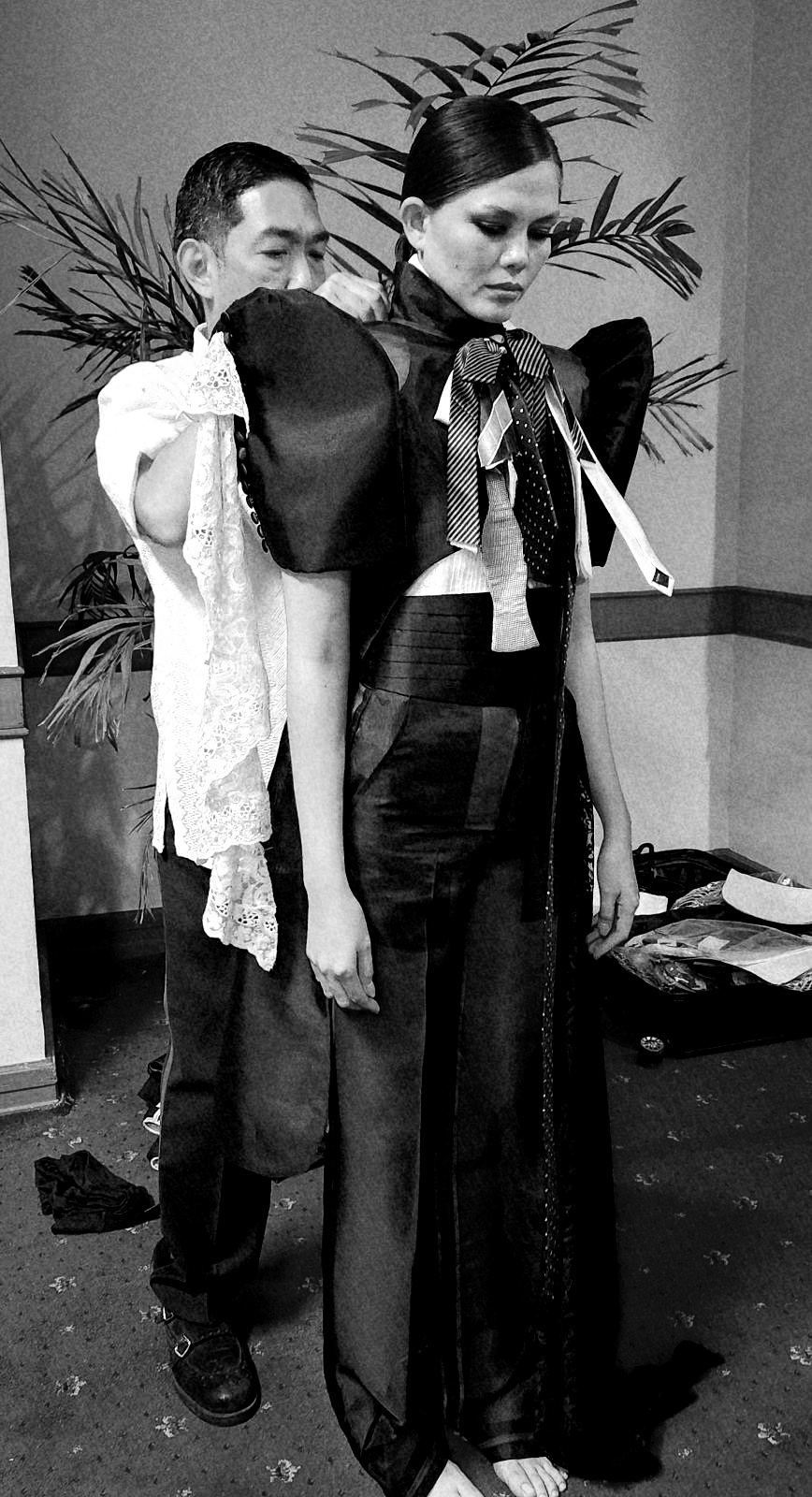
Joey Samson known for avant-garde designs has assorted neckties as an accessory to complement the color black.
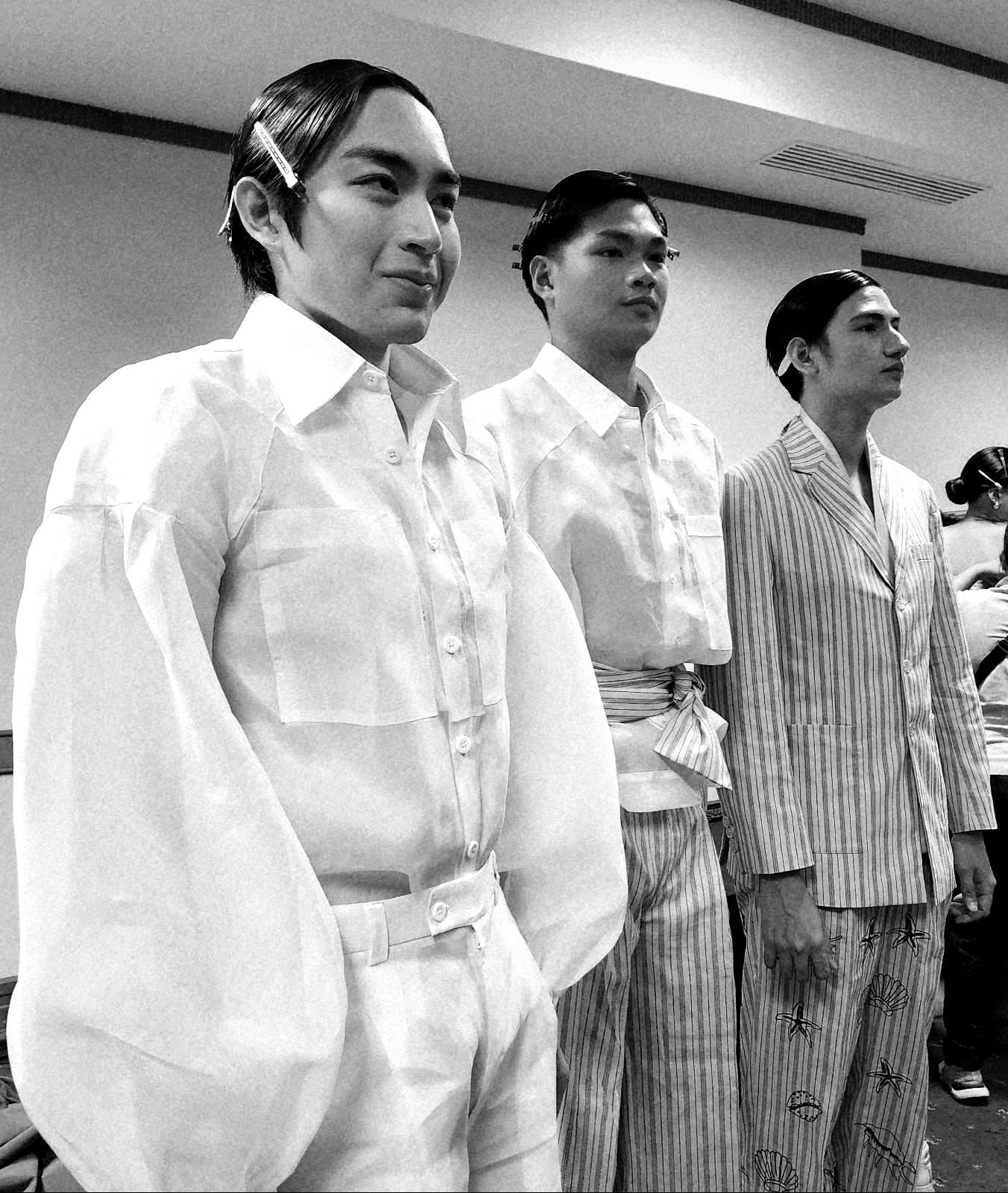
Protacio re-shaped the silhouette of the traditional barong Tagalog.

Joji Lloren added geometric patterns for a more contemporary look on the terno.
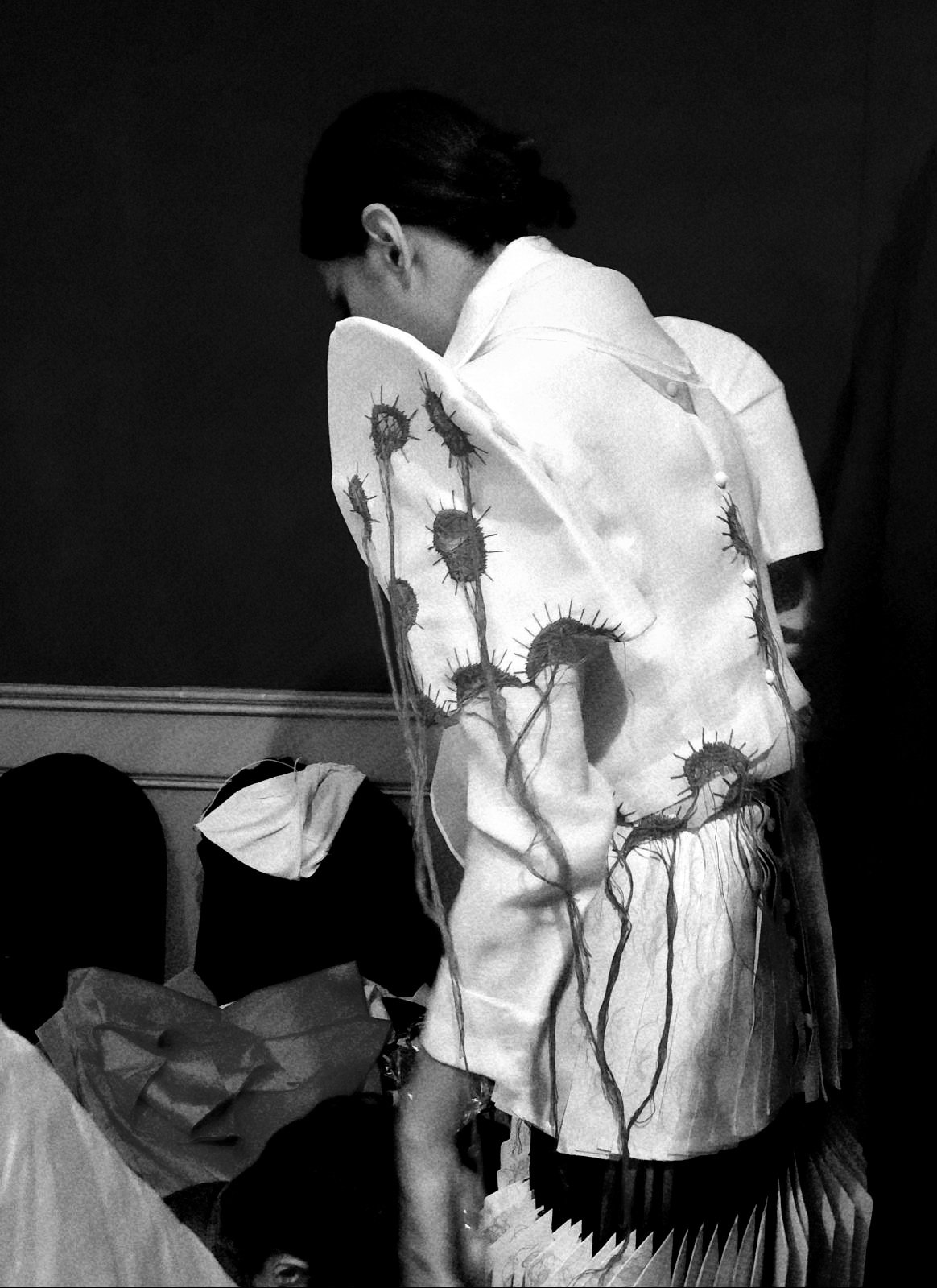
Unfinished stitches of embroidery leaving loose threads add movement and volume to Edwin Ao’s version of the terno
Fashion
Salt, Silk, and Stardom: Ten Reasons Celebrities Wear Amato by Furne One

by Oj Hofer
At Take Me to the Sea, Amato by Furne One unveiled more than a resort/bridal collection — he revealed a world suspended between tides and starlight, where salt, silk, and stardom stitched themselves into every look.
Held at The Hall of the Crimson Resort and Spa Mactan, the show was a transportive experience. As waves whispered beyond the glass, Amato’s gowns swept down the runway like sirens called to shore. Here are ten reasons why global icons return — time and again — to his sea of style.
1. Salt in the Craft
His garments carry the wild grace of the sea — textured, elemental, unforgettable. Every bead, cut, and crystal tells a story shaped by emotion and intuition.

2. Silk in the Movement
Though opulent, his creations float. There’s ease in the drama — cascading motion without weight. Ideal for performers who speak through movement.

3. Stardom in the Vision
Furne doesn’t chase trends — he conjures icons. His gowns command attention while allowing the wearer’s light to radiate.

4. Salt as Spirit
There is soul in the stitching — a deep undercurrent of cultural pride and personal mythology. His work carries weight because it carries truth.

5. Silk as Spellwork
His fabrics don’t just dress — they enchant. Each piece invites touch, reverence, and awe.

6. Stardom in the Silhouette
Furne understands form. He doesn’t simply clothe a figure — he sculpts for presence. For red carpets, concert stages, and film legends.

7. Salt of the Earth
Despite global acclaim, Furne remains grounded. His humility fosters collaboration, creating space for intimacy in the creative process.

8. Silk-Wrapped Strength
There is softness, but never fragility. These gowns are fierce — veiled in elegance yet unapologetically bold.

9. Stardom as Alchemy
Wearing Amato is not mere adornment — it is transformation. A star steps into a Furne One creation and becomes mythic.

10. Salt, Silk, and the Furne Himself
Furne One is the thread. With quiet charisma and a generous spirit, he doesn’t just dress celebrities — he disarms them. And from that space of trust emerges what every artist longs for: wonder.
And in Amato’s world, wonder always wins.

Fashion designer Furne One
-

 Style2 months ago
Style2 months agoHappy Melendres Traipsing Around Manhattan in Non-Stop Armani
-

 Prime Target2 months ago
Prime Target2 months agoMiko Sarmiento: Turning Silk Scarves Into Works of Art
-
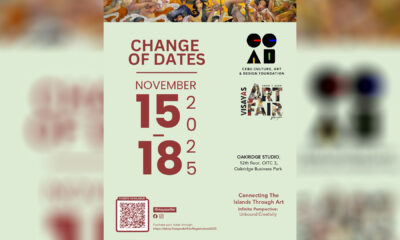
 Arts & Culture1 month ago
Arts & Culture1 month agoVisayas Art Fair Year 5: Infinite Perspectives, Unbound Creativity
-
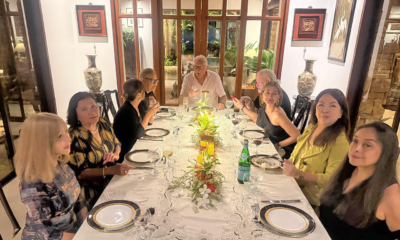
 The Scene3 months ago
The Scene3 months agoAnother Elegant Dinner at Chez Marguerite
-

 Prime Target3 months ago
Prime Target3 months agoLuna Vdl–Endless Summers in Siargao
-

 QuickFx3 months ago
QuickFx3 months agoI Lost It at the Movies: Five of the Most Significant Films of the 1960s
-

 Travel1 month ago
Travel1 month agoAutumn in Istanbul: Fellow Travellers Share Turkish Delights
-

 The Scene4 weeks ago
The Scene4 weeks agoBe Fabulous: Dr. Fremont Base’s 50th Birthday Party Echoes the Disco-Glam Era


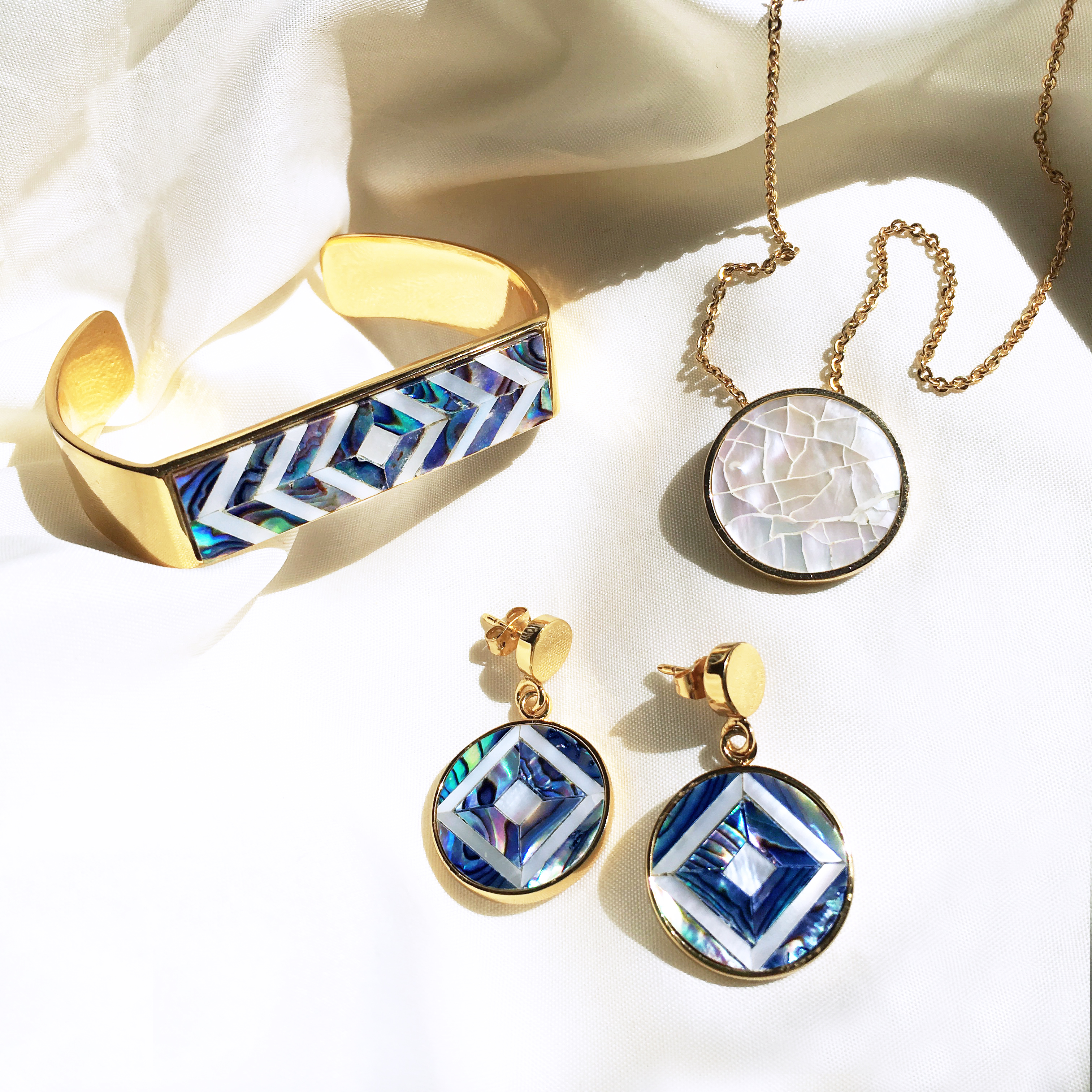
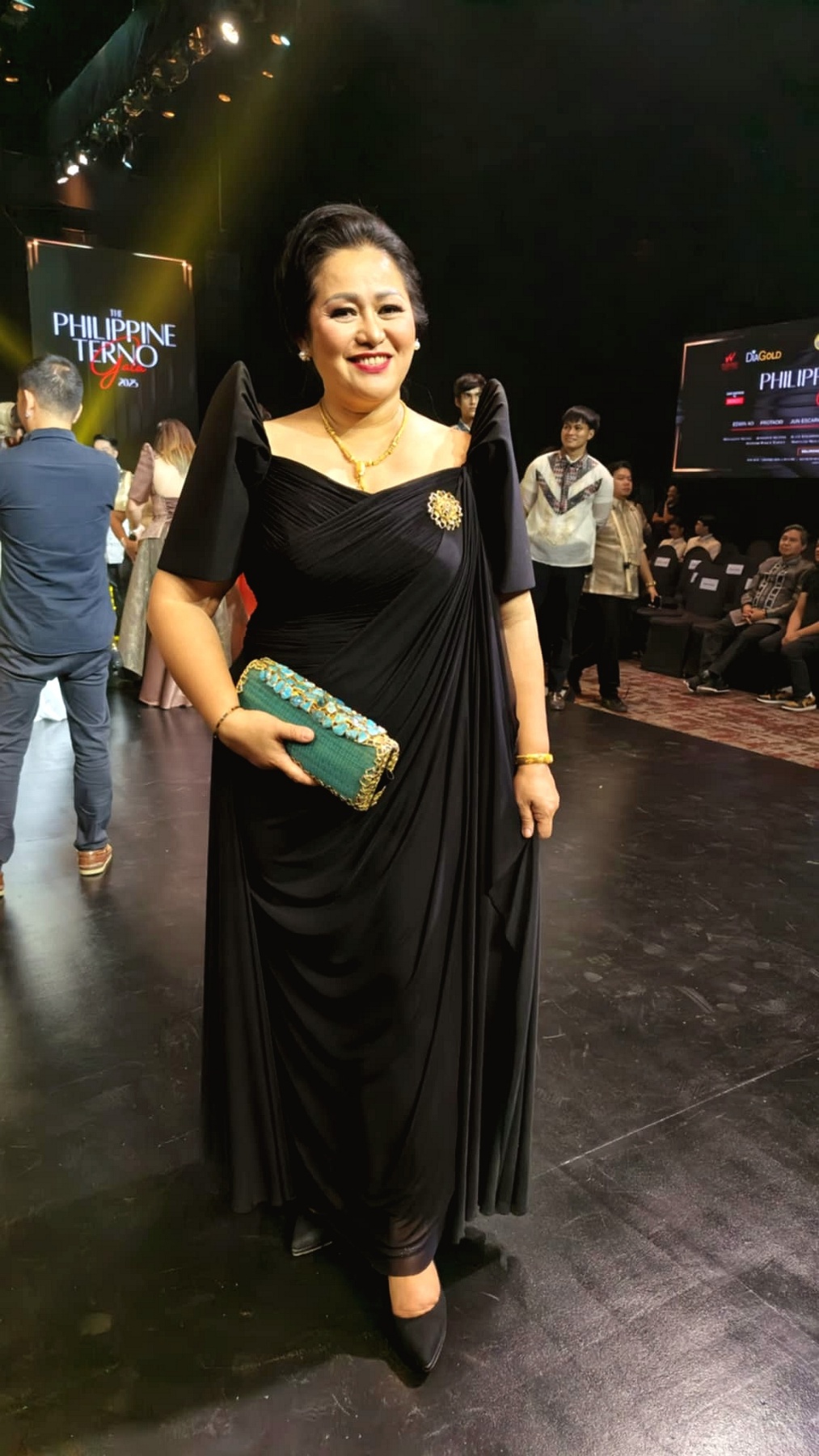
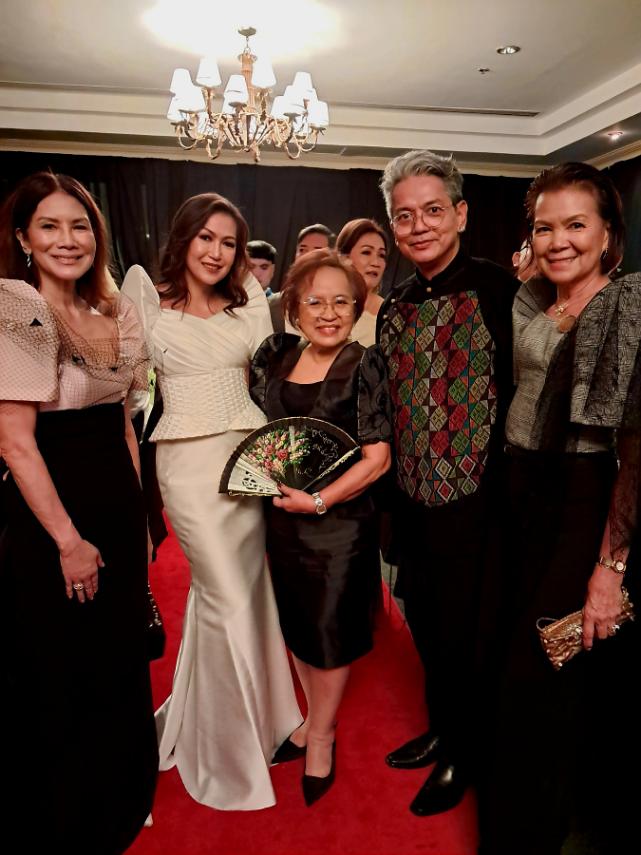

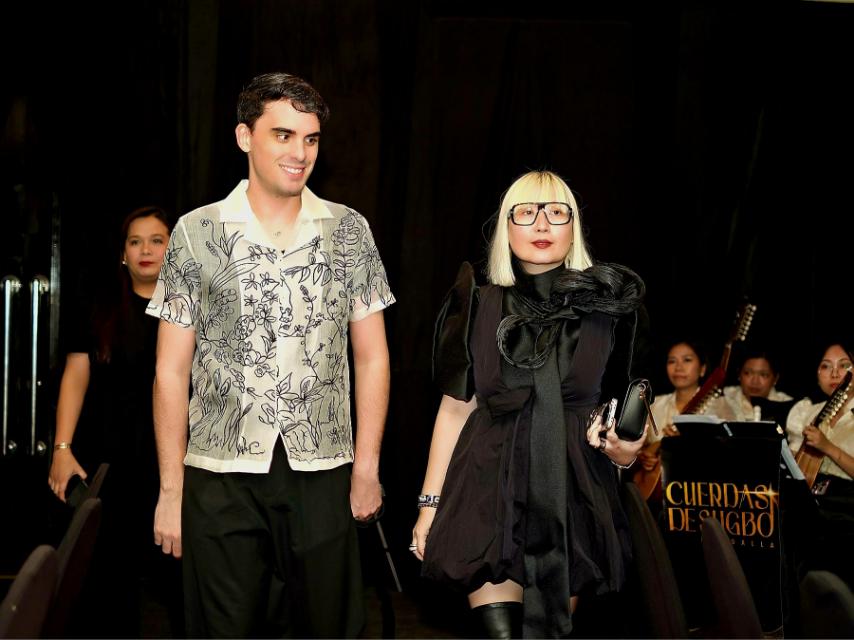
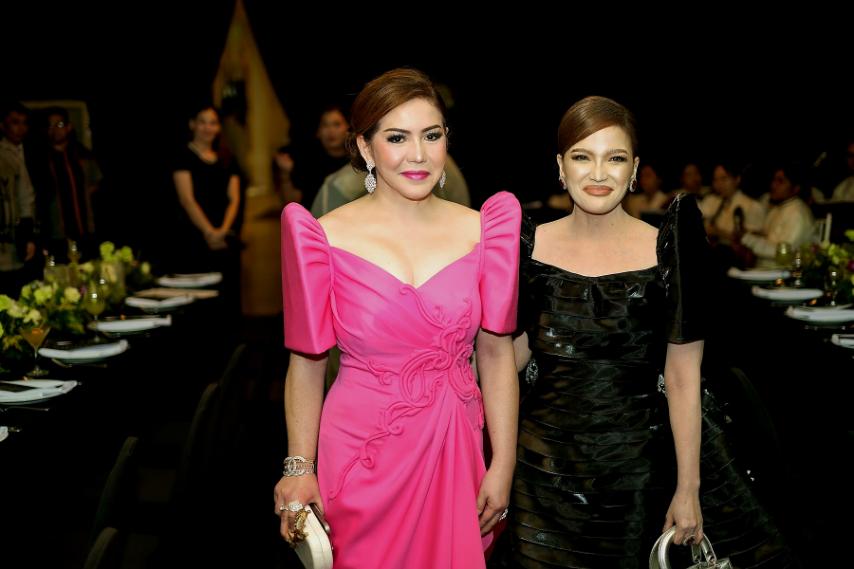
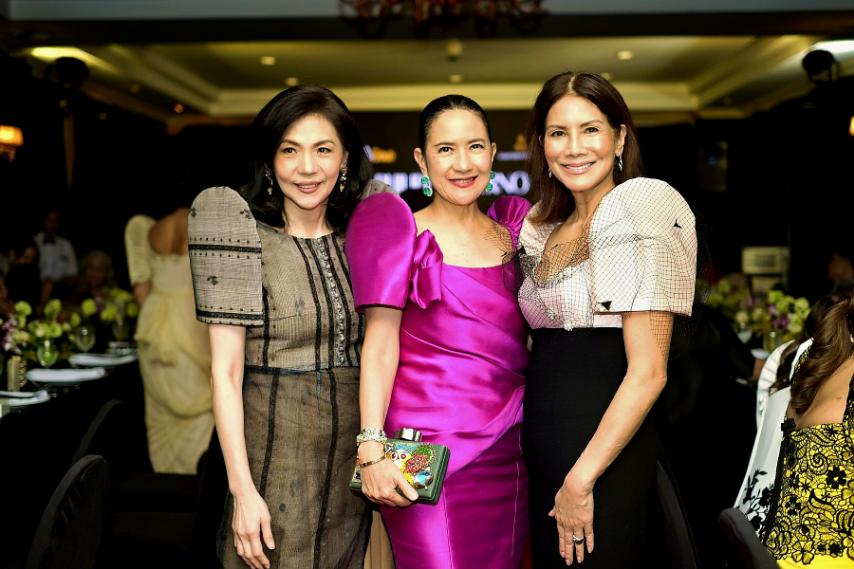
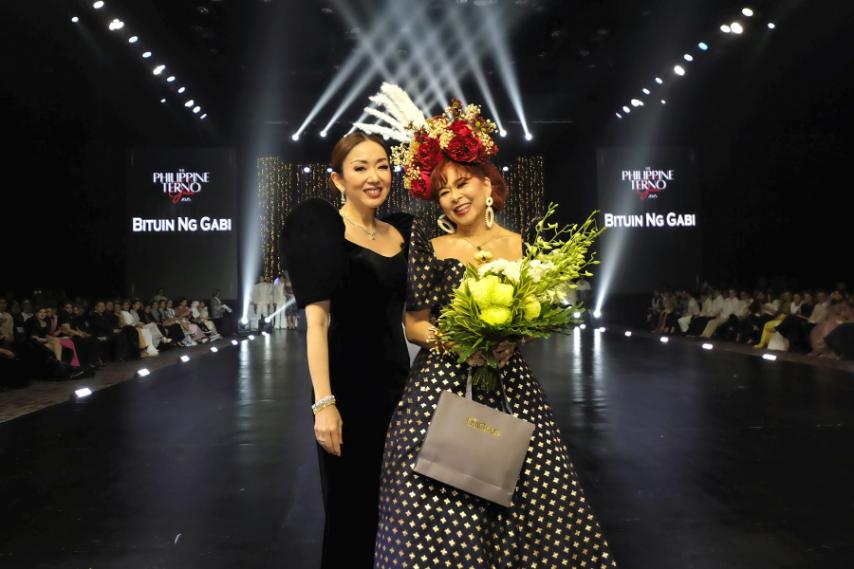

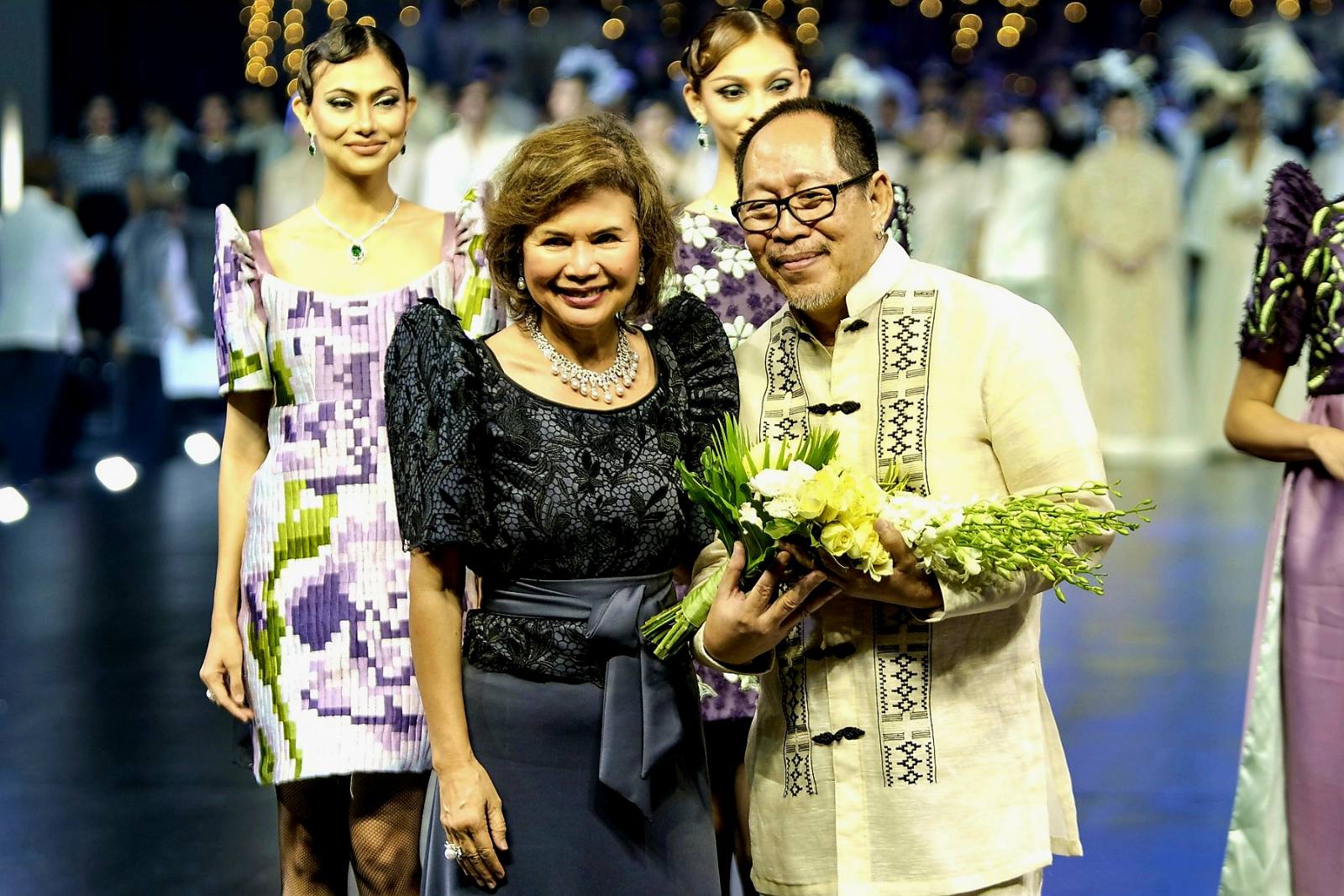


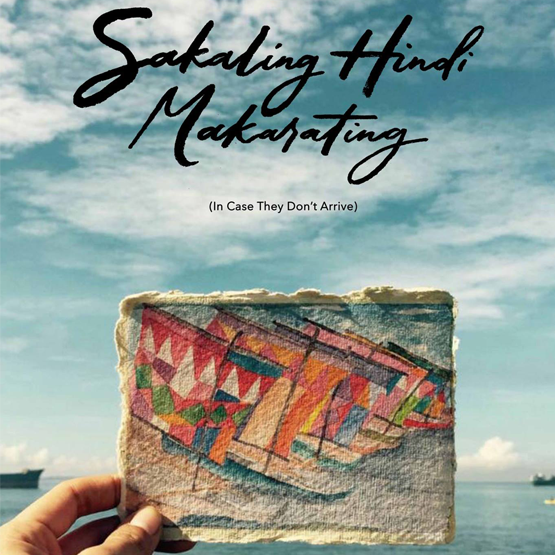




You must be logged in to post a comment Login